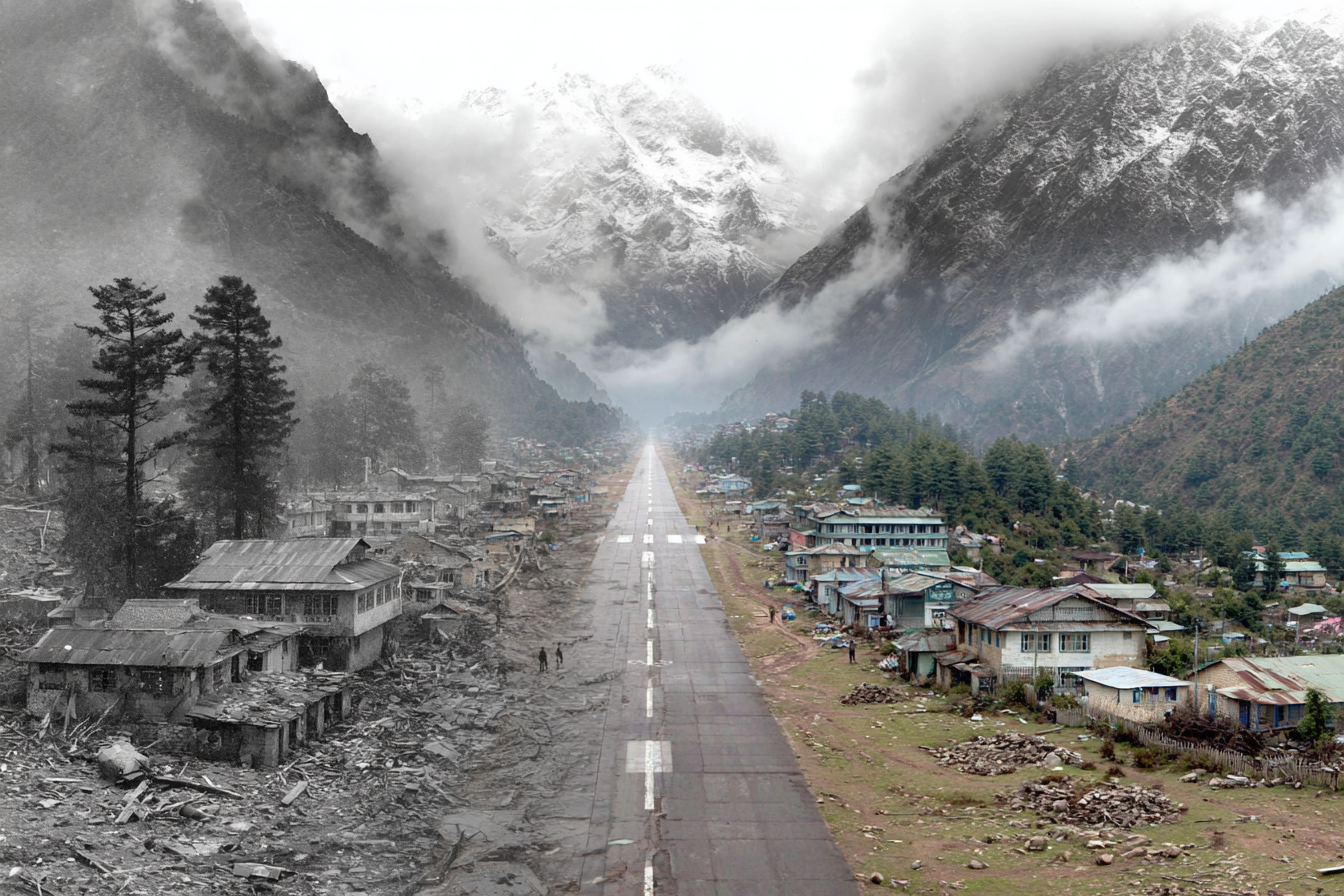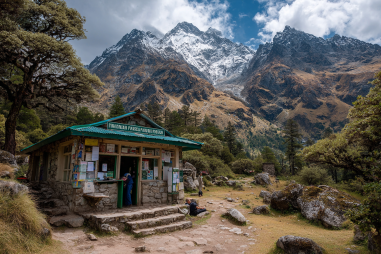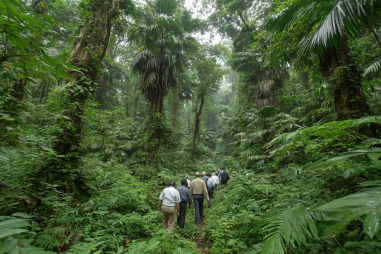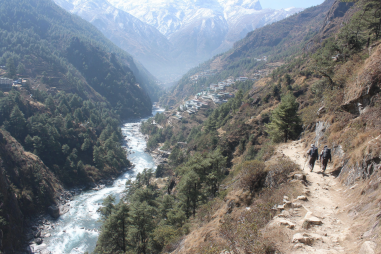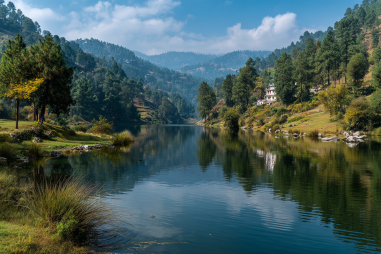Lukla Airport, officially known as Tenzing-Hillary Airport, holds a unique place not only in Nepalese aviation but also in the hearts of trekkers and adventurers worldwide. Nestled high in the Himalayas, this small and seemingly precarious airstrip is famed for its dramatic location, challenging runway, and vital role as the gateway to Mount Everest. Exploring the rich history of Lukla Airport reveals a story of vision, persistence, and the spirit of adventure that shaped Nepal’s trekking industry and connected remote mountainous communities to the rest of the world.
Origins and Construction of Lukla Airport
The story of Lukla Airport’s origins dates back to the early 1960s when Nepal started opening up to international tourism, particularly trekking enthusiasts eager to explore the Himalayas. Before the airport’s construction, accessing the Everest region was an arduous multi-day trek from Jiri, a significant barrier for many travellers. Recognizing the need for quicker access, the Nepalese government collaborated with local and international agencies to develop a small airstrip in the Sherpa village of Lukla.
The construction itself was a formidable task. Located at an elevation of approximately 2,860 meters (9,383 feet), the airport was built on a steep hillside surrounded by towering peaks, which posed serious engineering challenges. The runway was laid out with an uphill slope and a sharp drop-off at one end, a design that helped pilots use gravity to slow down upon landing. Despite rudimentary equipment and harsh weather conditions, the airstrip was completed in 1964, providing a crucial foothold for air travel into the Khumbu region.
Evolution of the Airport Infrastructure
Initially, Lukla’s runway was a basic dirt airstrip barely long enough for small STOL (Short Takeoff and Landing) aircraft. Over time, the airport saw gradual improvements. The surface was eventually paved with asphalt to withstand the region’s unpredictable weather and harsh conditions. The airstrip measures only about 527 meters in length, making it one of the shortest commercial runways in the world, which still limits the types of aircraft that can operate here.
Infrastructure enhancements also included the construction of a modest terminal building to accommodate passengers. Despite its small size, the terminal has seen upgrades to handle an increasing number of tourists each year. Safety equipment, communication systems, and navigation aids have been incrementally introduced, although Lukla remains one of the most challenging airports globally due to its geographical constraints and weather volatility.
Role of Lukla Airport in Nepal’s Tourism
Lukla Airport is undeniably the primary gateway for trekkers heading to Everest Base Camp and other destinations in the Himalayas. Its existence has played a transformative role in Nepal’s tourism landscape by dramatically reducing travel times and opening the region to thousands of visitors annually.
Before Lukla, the trek to Everest often required an additional one to two days of difficult walking just to reach the start point, which limited the accessibility of the region. With Lukla Airpot, travelers can arrive directly into the majestic surroundings of the Khumbu valley, making trekking to Everest Base Camp or nearby peaks more feasible and comfortable.
This accessibility has catalyzed economic growth in local communities by boosting tourism-related businesses such as lodging, guiding, and retail. The airport also supports rescue and supply missions fundamental to sustaining high-altitude trekking activities.
Famous Incidents and Milestones
Due to its location and operational difficulty, Lukla Airport is known for a few notable incidents over the years, adding to its reputation as one of the world’s most daring airports. The challenging landing approach involves steep drops and rapidly changing weather, which have contributed to occasional accidents. Nevertheless, safety standards and training have improved significantly.
One milestone was the renaming of the airport in 2008 to honor Tenzing Norgay and Sir Edmund Hillary, the first climbers confirmed to have reached the summit of Everest. Their pioneering spirit embodies the adventurer ethos closely tied to Lukla.
Another key highlight is the role Lukla plays in emergency evacuations during mountaineering accidents or natural disasters such as the 2015 Nepal earthquake. The airport proved invaluable in helicopter and fixed-wing aircraft operations, facilitating swift rescue and relief efforts.
Challenges Faced Over the Decades
Operating Lukla Airport has never been easy. The topographical and meteorological challenges are immense. Some of the ongoing difficulties include:
- Weather Conditions: Frequent fog, high winds, and sudden storms can force flight cancellations or create hazardous landing conditions.
- Runway Length: The extremely short runway limits the aircraft size and weight, affecting passenger load and cargo capacity.
- Altitude: High altitude reduces engine and aerodynamic performance, increasing risks during takeoff and landing.
- Infrastructure Limitations: Limited space restricts expansion and modernization efforts, challenging safety improvements.
- Traffic Congestion: Peak trekking seasons bring heavy air traffic, leading to delays and logistical difficulties.
Despite these obstacles, Lukla continues to operate efficiently thanks to experienced pilots skilled in high-altitude short-runway operations and diligent airport management.
Impact on Local Communities
The development of Lukla Airport has been a lifeline for the local Sherpa communities. It has created new income sources, increased employment opportunities, and improved standards of living. Tourism-driven growth has encouraged the development of lodges, restaurants, and souvenir shops, which support local entrepreneurship.
On the other hand, this rapid tourism surge has brought challenges such as environmental degradation, increased waste, and cultural shifts. Efforts by local organizations and the government aim to promote sustainable tourism to preserve the region’s natural and cultural heritage while benefiting the people.
Future Plans and Improvements
Recognizing the ongoing importance of Lukla Airport, the Nepalese authorities and aviation bodies have outlined plans to enhance its safety and capabilities. Proposed improvements include:
- Installing advanced navigation and weather monitoring systems to aid pilots during difficult conditions.
- Improving runway surface and drainage to ensure reliability in all seasons.
- Expanding passenger facilities at the terminal to accommodate growing tourist numbers.
- Conducting regular pilot training programs dedicated to ultra-short runway and mountain flying.
- Exploring alternative approaches or airstrips to distribute traffic and ease congestion during peak times.
While challenging, these developments aim to maintain Lukla’s reputation as a vital and safe gateway to the Himalayas.
Reflecting on Lukla Airport’s Significance
The fascinating history of Lukla Airport showcases the remarkable engineering achievements and human determination that transformed a remote mountain village into the gateway for thousands of Himalayan explorers. Its origins as a modest dirt strip to its current status as an aviation marvel reflect the evolution of Nepal’s tourism and infrastructure.
Lukla Airport remains an emblem of adventure and possibility, where pilots face nature’s extremes and trekkers begin their epic journeys. Beyond just an airstrip, it represents the spirit of connection—linking isolated communities with the world, enabling dreams of summiting the highest peaks, and inspiring awe through the majestic landscapes of the Himalayas.
As management continues to enhance safety and capacity, Lukla Airport’s legacy as the gateway to the Himalayas will endure, welcoming new generations of adventurers eager to walk in the footsteps of legends.

